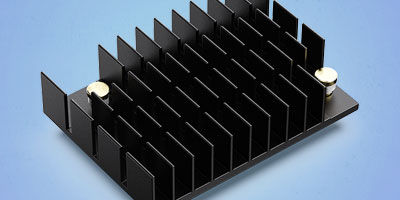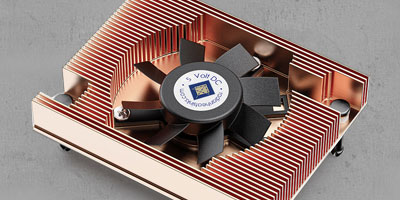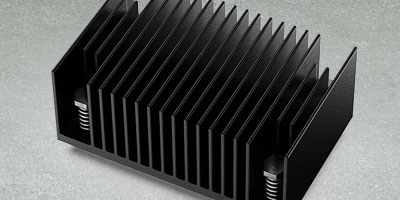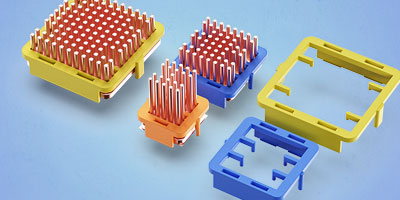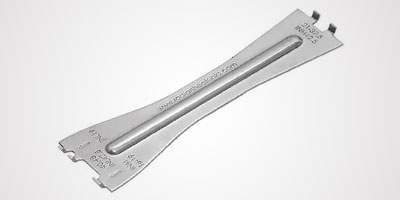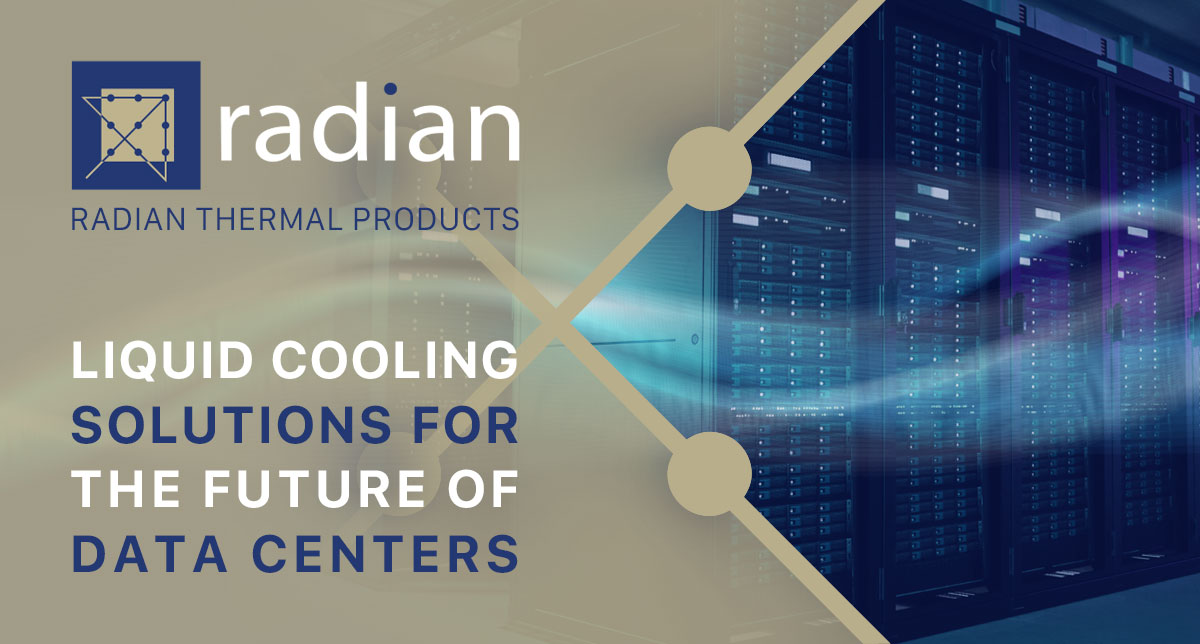Originally published in Electronics Cooling | July 11, 2023
The millions of data centers worldwide require a significant amount of energy to function. This makes them not only very costly to operate, but also results in a substantial impact on the environment.
Data Center Environmental Impact
The environmental effects of all these data centers have become a growing concern to governments and the public. Industry experts are calling for the reduction of the environmental impact of data centers.
Sustainability has moved into the corporate domain while changing regulations, and the cost implications of their carbon footprint have made this a critical issue.
These pressures are driving data center owners, builders, and managers to seek alternative approaches to facility design, component standardization, and cooling to reduce power use and spark sustainability efforts.
Over the past decade, more data center users have transitioned from standard air-cooling systems to liquid cooling. And this shift will continue.
According to the “Data Center Liquid Cooling Global Market Report 2023,” the liquid cooling market grew from $2.71 billion in 2022 to $3.42 billion in 2023. The market is expected to grow to $8.46 billion in 2027.
Sustainability Benefits of Liquid Cooling
Liquid cooling is allowing data centers to help meet sustainability goals and reduce carbon footprints. This comes from improving energy efficiency and overall sustainability impact for their organizations.
Improved energy efficiency
The most significant advantage of liquid cooling is that it does more for less. The greater efficiency of liquid cooling results not only in lower energy costs but also less noise and pollution.
Liquid cooling efficiently distributes heat over more convection surface area (radiator) than pure conduction, allowing for reduced fan speeds or higher total power. Less electricity translates into big energy savings. Utility bills dramatically decrease by cooling a data center with liquid.
Sustainability
Data center operators are looking for ways to reduce their carbon footprint. Liquid cooling provides a more effective way to re-purpose captured heat as the liquid-to-liquid heat transfer.
Often, a waste product in one part of a facility can be scarce in others. For example, although excess heat is an unwanted byproduct of data centers, other areas within buildings may need that heat to warm an entire building or other applications.
As a result, the same facility can reduce both its data center efficiency and its heating costs. This allows a facility to move closer to the full sustainability of its operations.
When used responsibly, water cooling also plays an essential role in reducing emissions that lead to climate change. Water-cooled data centers emit roughly 10 percent fewer carbon emissions than many air-cooled data centers.
Stay Calm, Cool, and Connected
Progressive engineers and facilities managers recognize liquid cooling as both a technology enabler and environmentally friendly. Liquid cooling broadens the opportunities for data centers determined to add power and equipment.
Data center managers should consult with their designers and engineers involved in manufacturing liquid cooling systems to learn the performance attributes and test results of critical parts and assemblies.
Smart decisions are easier to make as more information becomes available about liquid cooling systems’ benefits and performance, especially in mitigating risks associated with leaking liquids.
Engineers and facility managers who are faced with the necessity of improving their data centers’ thermal management can take steps to ensure their worries will be minimized.
Role of Quick Connect Couplings in Liquid Cooling
Quick disconnect couplings are essential in liquid cooling systems for electronics, data center rackable systems, servers, and supercomputers. They are critical parts in the performance of liquid cooling.
Some of the largest manufacturers of quick connect, non-spill couplings are designing connectors specifically for the data center market. Advantages of these non-spill, flat face couplings include:
- Higher flow rates
- Low-pressure drop for maximum energy efficiency
- Resistance to vibrations and rotation
- No leakage when connected and disconnected
These reliable connectors deliver peace of mind to data center managers. Flat-sealing, flush-face designs prevent fluid loss, thus ensuring high-performance levels with a broad range of liquids in various application environments.
Liquid cooling system manufacturers and installers can specify high-quality dripless connectors in their systems to guarantee peak performance over the long life of their systems.
Author: Todd Lambert
